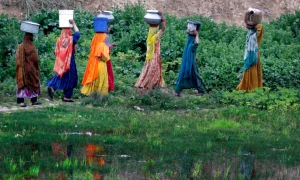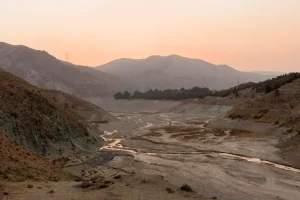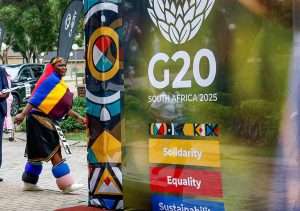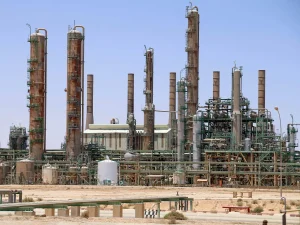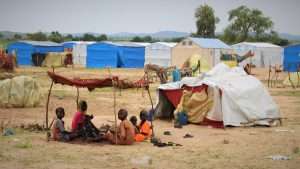Major change to Libya’s climate pattern brings extreme drought

Libya’s National Centre of Meteorology has revealed that the country is enduring one of the most extreme drought periods in its modern history, according to the Libya Review on November 22nd.
New data uncovered a drastic decrease in Libya’s rainfall levels over the past three decades due to a discernible shift in its overall climate pattern. The Centre’s Research and Studies Office published findings displaying a major transformation in Libya’s long-standing rainfall cycle.
Historically, the country would experience a pattern of four wet years, followed by three normal years, then three dry years. This has now reversed into a pattern of five dry years, then only two wet years, followed by three average years.

The implications of this shift are staggering, as almost 50% of Libya’s climate cycle can now scientifically be categorised as drought, an unprecedented level for the country.
According to Mohiuddin Ramadan, Director of the Information Office at the National Centre of Meteorology, confirmed that Libya is now ranked second globally in terms of countries that experience the most severe droughts.
He attributed this unwelcome statistic to climate change, which is increasingly disrupting regional weather patterns and intensifying aridity.
According to the Centre of Meteorology’s study, Libya’s vegetation cover rapidly decreased between 2000 and 2014, reclassifying it from “severe” to “very severe.” This coincided with a drought cycle that started in 1999 and is expected to last until at least 2028-2032.
This worrying climate shift is one of many ecological problems that Libya is currently facing. In August, the country’s Environment Minister, Ibrahim Al-Arabi, labelled its environmental situation as “catastrophic.” He warned that Libya has experienced a “serious decline” in biodiversity over the past 30 years, predominantly due to government negligence and armed conflict.
Al-Arabi explained that coastal erosion, unregulated construction, and habitat loss have all combined to create an existential threat to natural ecosystems and species.
He also emphasised that the fighting since Libya’s 2011 overthrow of former dictator Muammar Gaddafi has caused a “clear deterioration in the environmental situation.” The conflict, he continued, has “seen assaults on the coastlines, expansion at the expense of vegetation cover, and even peaceful wildlife has been harmed by the war.”
Various sustainability projects have emerged in Libya to counteract the strain that years of political instability and fragmentation has placed on the environment. For example, the National Oil Corporation (NOC) of Libya announced in July the third phase launch of its “Million Trees” initiative.
Under the project, the NOC will plant trees in areas surrounding oil production zones to promote environmental sustainability, improve air quality via carbon dioxide absorption, and restore biodiversity.
Furthermore, an EU-funded sustainable energy transition plan for Libya was launched in early November. EU delegates explained that it is designed to facilitate Libya’s transition toward “inclusive, citizen-focused development that protects natural resources and promotes stability.”
Libya Review, Maghrebi.org
Want to chase the pulse of North Africa?
Subscribe to receive our FREE weekly PDF magazine




